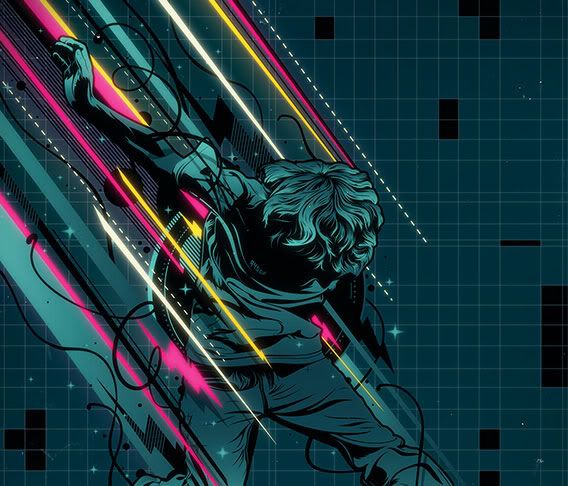Shamans were humankind's earliest mystics, according to numerous students of comparative religion, including Mircaea Eliade ( 1964 ) and Ken Wilber ( 1981 ). Of course, both shaman and mystic can be defined in various ways, and scholars have debated both terms for years. Here I will assume a definition of mystics as people who access transcendental knowledge through direct intuition.
Shamanism I would define as a family of traditions whose practitioners focus on voluntarily entering altered states of consciousness in which they experience themselves or their spirits traveling to other realms at will and interacting with other entities in order to serve their community ( Walsh 1989). Shamans are "cosmic travelers" who experience themselves having controlled out-of-body experiences in which they, or their spirits, traverse the cosmos at will in order to learn, acquire power, help, and heal.
This focus on cosmic travels, which are also known as soul flights or journeys, is what distinguishes shamans from other magico-religious healers. For example, priests may lead rituals and medicine men may heal, but they rarely enter altered states; mediums may enter altered states but do not journey; Tibetan Buddhists may sometimes journey, but this is not a central focus of their practice; those suffering mental illness may enter altered states, but they do so as helpless victims rather than as choiceful creators of these states.
To travel the cosmos, the shaman must be able to enter specific states of consciousness, and much of shamanism centers on ways of inducing these states. Of course, shamans are not the only ones who have developed means for altering consciousness. Fully 90 percent of the world's cultures have one or more institutionalized altered states of consciousness, and in traditional societies these are almost without exception sacred states. This is, to say the least, "a striking finding and suggests that we are, indeed, dealing with a matter of major importance"( Bourguignon 1973 , 11). Clearly, humankind has devoted enormous energy and ingenuity to altering consciousness. Indeed, it may be that the "desire to alter consciousness periodically isan innate normal drive analogous to hunger or the sexual drive" ( Weil 1972 , 17).
So shamans are hardly alone in seeking alternate states of consciousness. Mystics of numerous other traditions also seek them and claim that it is in these states that their deepest realizations are born. In fact, mystical traditions the world over have developed families of techniques for altering consciousness in systematic ways. These techniques constitute the so-called technology of the sacred, or technology of transcendence, and mystical traditions serve as road maps for using this technology to attain transcendent states. From this perspective, we might say that mystical traditions and religions are created and sustained by people who reach transcendent states of consciousness and then provide instructions whereby others can also reach them, thereby recreating the founder's insights. Ideally, mystical traditions serve to preserve and transmit these insights and instructions; the first such tradition was shamanism.
At its best, the shamanic tradition transmits a body of information and techniques that
allows novices to recreate the altered states, experiences, and abilities of their predecessors. Each generation, thereby, can perpetuate and refresh a living and continuously recreated tradition and even add to its accumulated treasure of wisdom and technique. It is this direct personal experience of the sacred that defines the mystic and that properly allows shamanism to be called humankind's first mystical tradition.
However, transmission can fail. When this occurs, a tradition no longer focuses on or even appreciates direct experience of the transcendent. Then what is left is an institution largely devoid of direct experience of the sacred, without firsthand understanding of transcendental experiences and the altered states by which they are reached. Altered-state-inducing techniques give way to symbolic rituals, experience is replaced by belief, and "live doctrine fossils into dogmatism" ( Steindl-Rast 1989).
Shamanism and Early Human Technology:
The Technology of Transcendence
by
Roger Walsh
A professor of psychiatry and philosophy,
Department of Psychiatry and Human Behavior,
University of California at Irvine.
His personal and research interests include
the nature of psychological well-being,
the comparison and integration of different schools of psychology,
meditation, Asian psychologies and philosophies,
and the psychological causes and costs of contemporary global crises.
His books include Beyond Ego: Transpersonal Dimensions in Psychology
and, on the global crises, Staying Alive: The Psychology of Human Survival.

{Programming by DPC}

